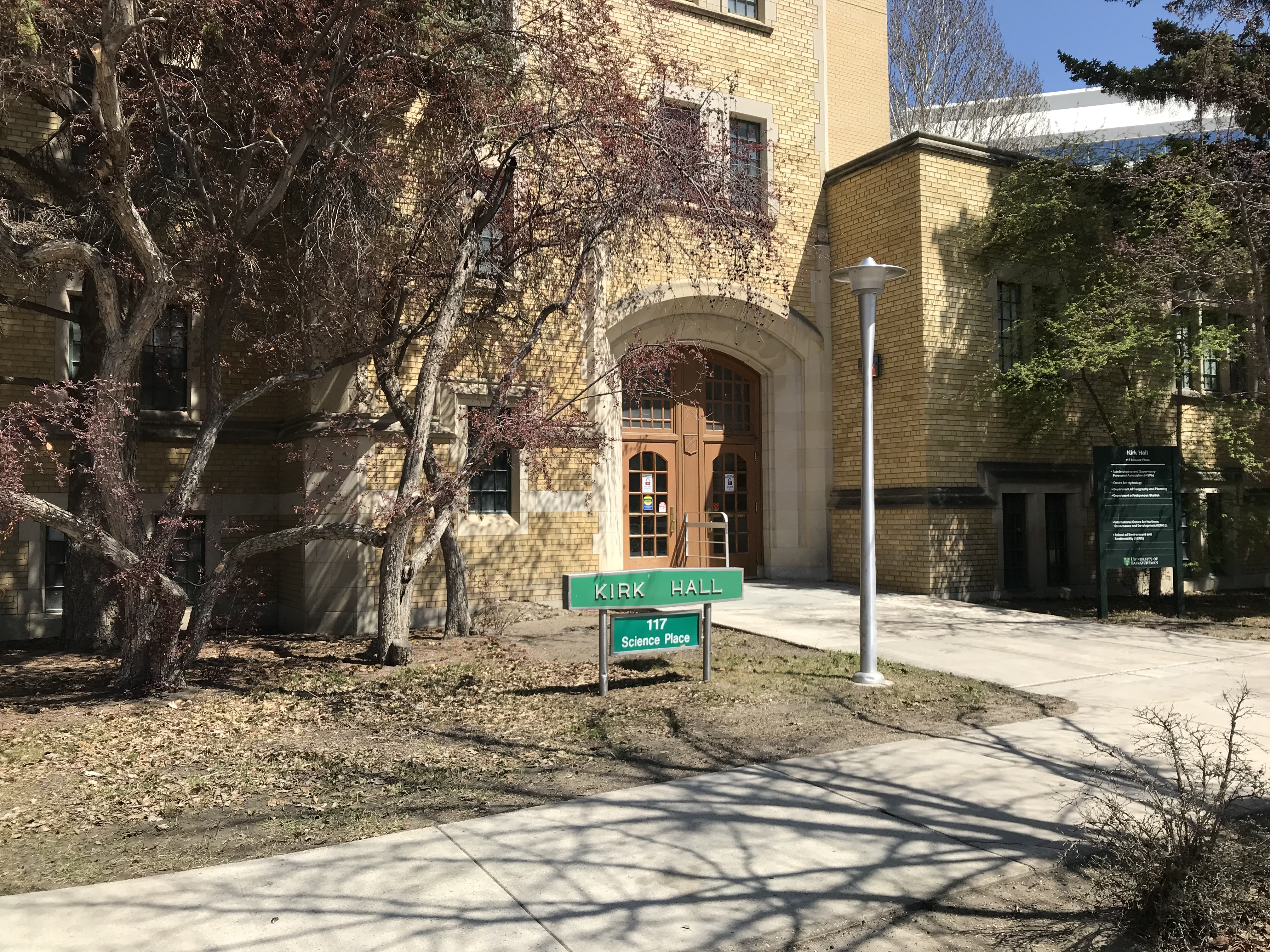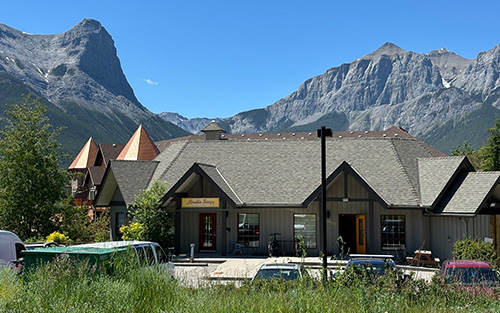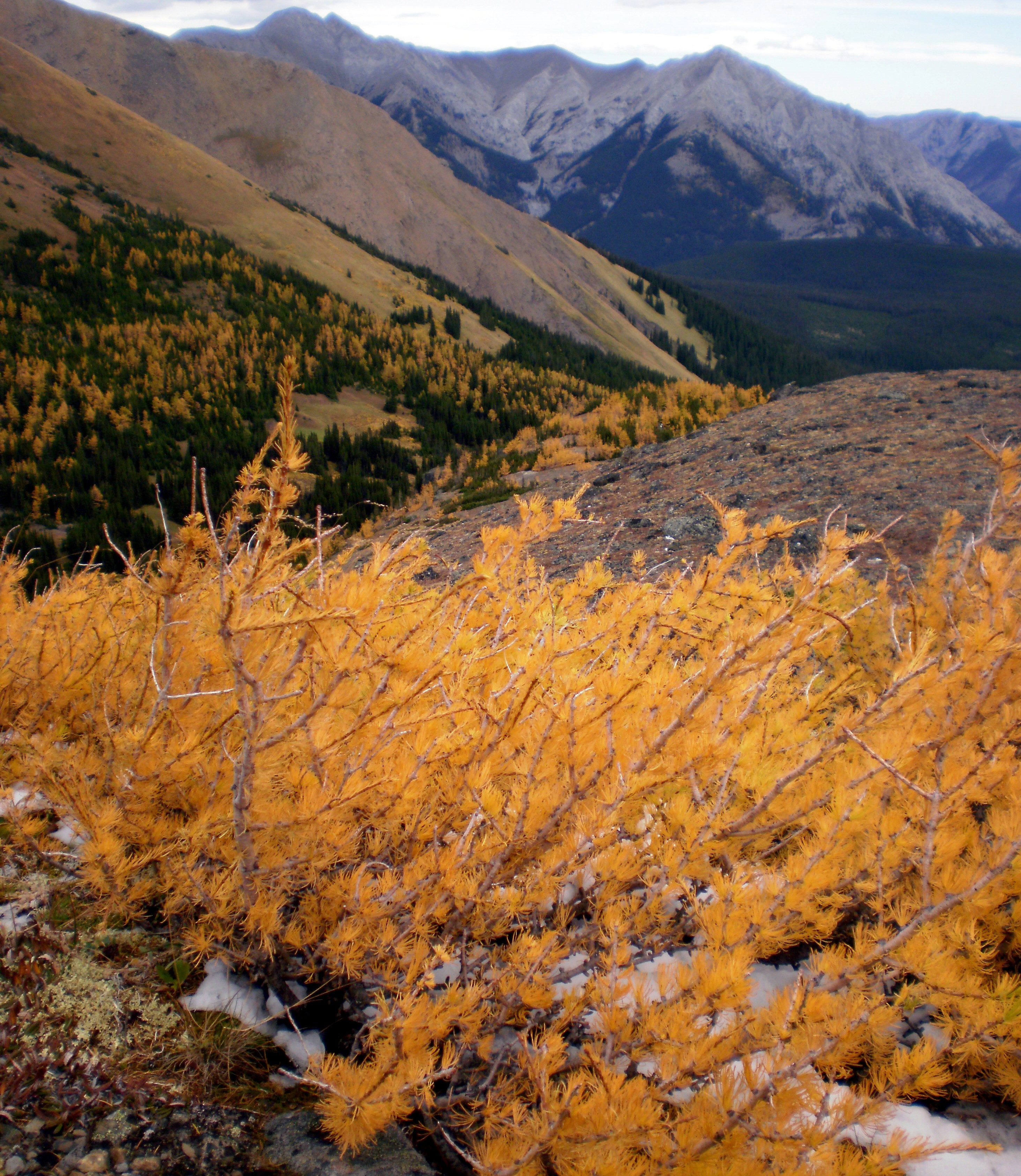The Centre for Hydrology occupies many superb facilities for hydrological and research training in Saskatoon and Canmore, with many field sites across Western and Northern Canada as well as administrative offices providing work space for researchers. They include the following:
Main Offices




Field Sites and Facilities

Interdisciplinary Collaboration
Hydrology-related activities also take place in labs and departments elsewhere on campus, providing facilities for research in aquatic ecology (Biology), soil hydrology, groundwater, modelling, and hydraulics (Civil, Geological and Environmental Engineering), GIS, remote sensing, ecohydrology, sociohydrology (Geography and Planning), groundwater, geochemistry, and isotope analysis (Geology), catchment hydrology, soils, sociohydrology and water management, soil hydrology and chemistry (Soil Science), and aquatic contaminant chemistry (Toxicology). There is an excellent computing and information technology infrastructure, including access to the high-performance Compute Canada.
